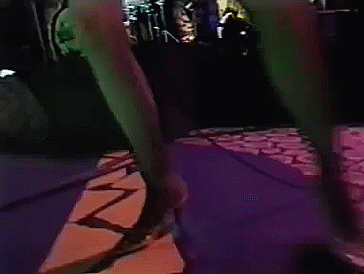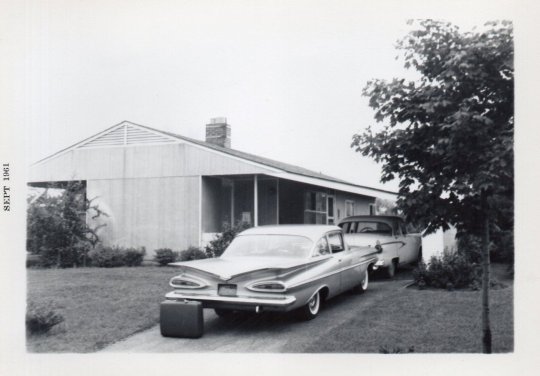Photo
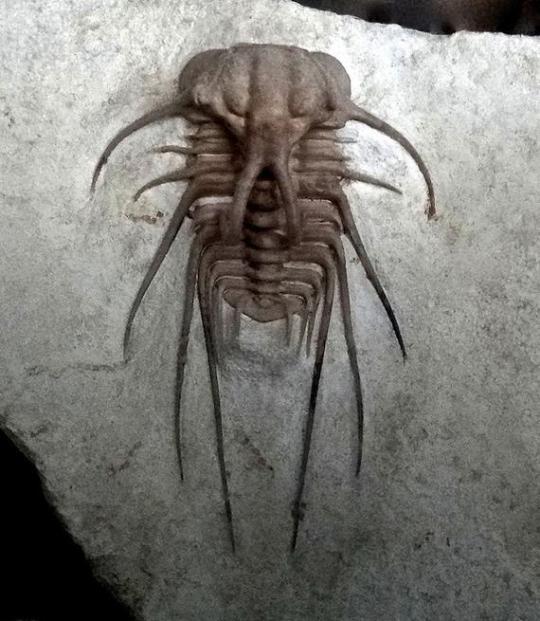
It’s time for Trilobite Tuesday! Located near the town of Clarita, Oklahoma, the fossil-rich Devonian sediments of the Haragan formation have, over the last three decades, produced a magnificent array of three-dimensional trilobite specimens. Their rich caramel color, incredible preservation, and spinose ornamentation, most notably on the species Dicranurus hamatus (pictured) and Ceratenurus sp., have made these 417 million-year-old trilobites particular favorites of both museum curators and amateur collectors worldwide. Indeed, some 20 species, including Huntoniatonia lingulifer, Ketternaspis williamsi and Acanthopyge consanguinea, are known from the Haragan and its sister formation, the Bois d'arc, making this mountainous, semi-arid region of Oklahoma one of the most prolific trilobite locations in North America.
Learn about other top trilobite localities.
435 notes
·
View notes
Photo

Being There for Bees
Provide pollen and nectar for food: Active from early spring through late fall, bees need access to a variety of nectar- and pollen-producing flowers that bloom at different times. Native plants are best because they require less maintenance, have coevolved with indigenous bees and—unlike many nonnatives and cultivars of natives bred for showy blooms—reliably produce nectar and pollen.
Ensure bees have nesting sites: In contrast to hive-dwelling honey bees, most native bees nest alone in small holes on open, sandy ground or in brush piles, tree snags, logs or excavated twigs. Supplement such natural nest sites with bundles of hollow plant stems or wooden mason-bee houses. Reduce mulching, mowing and tilling that may destroy nests or future nesting sites.
Eliminate pesticides: Avoid insecticides (which kill bees directly) and herbicides (which kill the plants bees depend on). In particular, steer clear of systemic insecticides such as neonicotinoids, which are taken up by the vascular systems of plants. This means bees feeding on pollen and nectar are exposed to powerful poisons long after the chemicals have been applied.
Help scientists study bees: Particularly important pollinators of both crops and native plants, many bumble-bee species are declining. Help scientists learn more about the insects by reporting bees you see in your garden to the citizen-science project Bumble Bee Watch.
1K notes
·
View notes
Photo


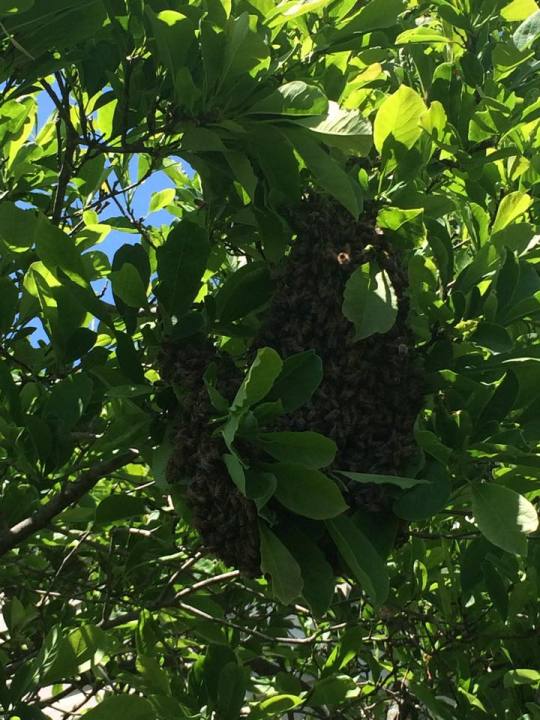
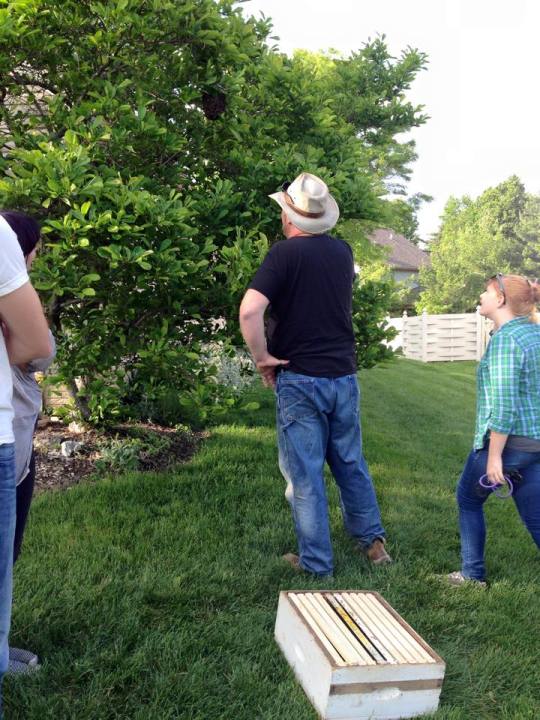


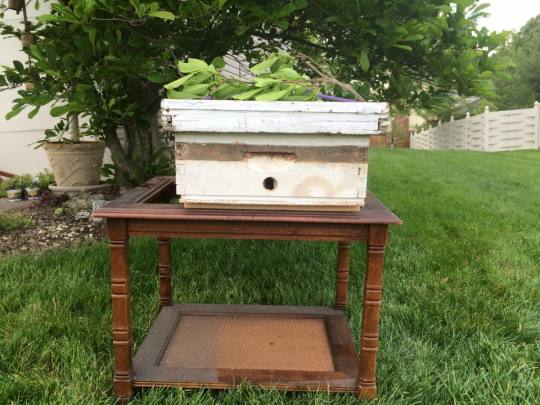
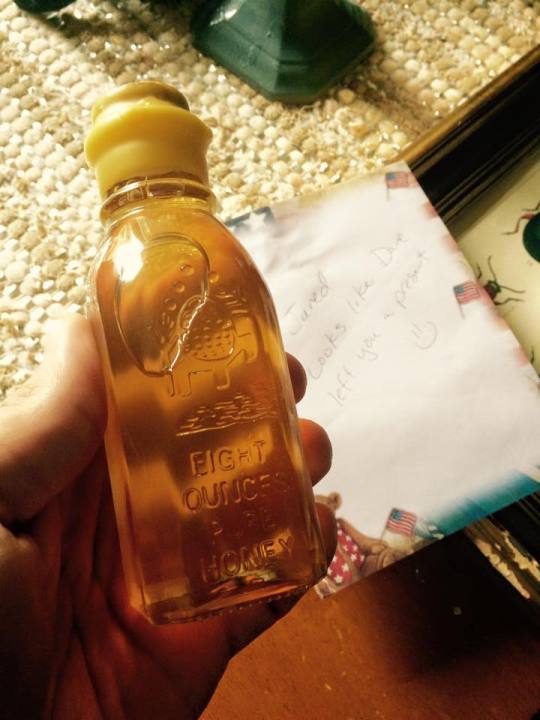
While we’re on the subject of honeybees, I was recently visited by a swarm!
I came home Tuesday to find a huge cloud of bees all around a magnolia tree by the garage. In less than an hour, they coalesced into a tight ball of bees about the size of a football.
Now, I knew from a lifetime of nature documentaries that honeybees are at their most docile and least likely to sting when they’re swarming. A this time, they are stuffed silly with honey, don’t have any young to protect, and can simply fly away to avoid predators. They’re cruising around with their queen, looking for a new place to build a hive.
I wasn’t worried about them hurting anybody, but I didn’t necessarily want them to take up residence in my garage or attic. So I did what anybody would have done in this situation. I made a Facebook post about it and then googled what to do.
Fortunately, a friend of mine works at the Stratford Ecological Center in Delaware, Ohio. She put me in touch with their Apiarist (beekeeper), who was simply ecstatic to hear that I had a stray swarm and that I hadn’t poisoned it (apparently, lots of people don’t know the difference between honeybees and wasps/hornets/yellowjackets/etc). We set up a time for him to come rescue the swarm, and he even called a couple of students up to share the experience. One of them had been waiting for over two years to go on a swarm rescue run.
He brought out a hive box with some already-combed frames. We cut down the twig the bees had clustered on and dropped it into the box, and they immediately began claiming it as their home. Detecting the wax comb on the frames and recognizing a good hive location, the bees started to emit a lemony “homing” pheromone, letting all of their sisters know to settle down here and start laying down wax.
We kept the hive box overnight to allow errant scouts time to return. He came back the next morning to pick up the hive and take it to a quarantine site, until he could be sure of the bees health and temperament. He even left us a little parting gift from the apiary at Stratford. Everybody kept saying what an absolute treat it was to find and save a swarm, and how rare it was to see them. Provided the hive is healthy, in a month or two, I could go up to the ecological center and visit my bees!
With 40% of honeybee colonies in the US dying in the last year, every bee that can be saved is a small victory. It was a real privilege to witness this event and have a hand in finding a good home for the swarm.
If you see some swarming honeybees in the wild, call a beekeeper! They’ll be grateful to hear from you, and you’ll be doing some good for our pollinator friends!
28K notes
·
View notes
Link
“I kind of chuckled when [Brazilian oceanographer Rodrigo Moura] first approached me about looking for reefs. I mean, it’s kind of dark, it’s muddy - it’s the Amazon River. But he pulls out this paper from 1977, saying these researchers had managed to catch a few fish that would indicate reefs are there. He said, ‘Let’s see if we can find these.’”
109 notes
·
View notes
Photo

Ann Blyth on the set of Mr. Peabody and the Mermaid (1948)
4K notes
·
View notes
Photo

Morticia and her pet - Illustration by Charles Addams, January 1946.
4K notes
·
View notes
Photo

NASA created retro travel posters for different locations in our solar system in hopes of inspiring young people to imagine a future where common space travel is a possibility.



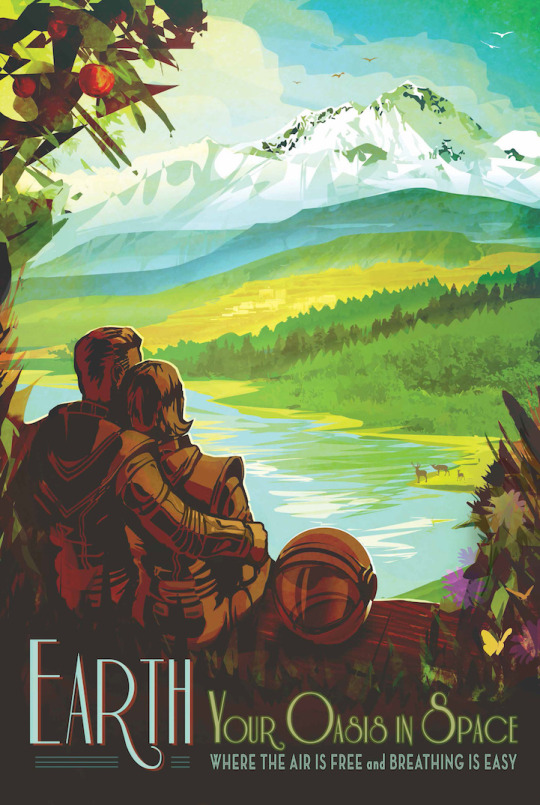
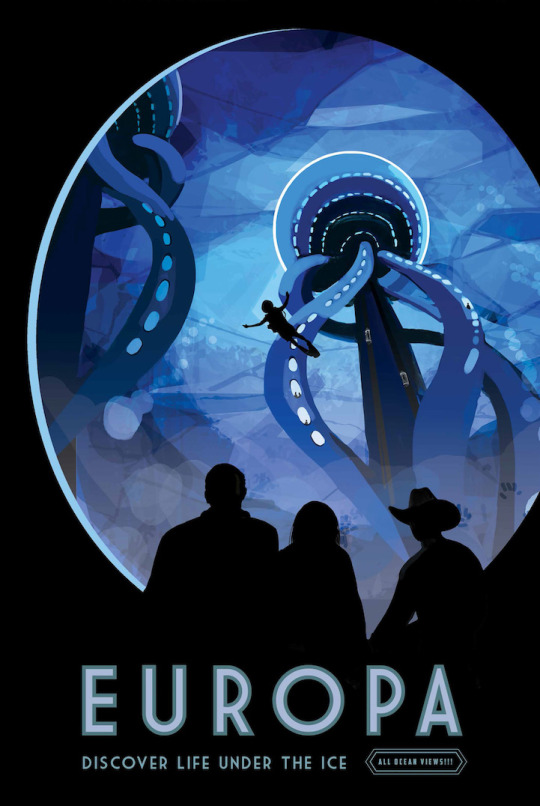
Source
377K notes
·
View notes






